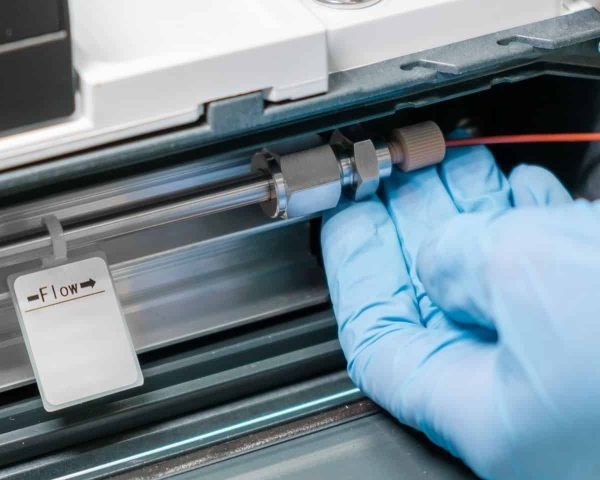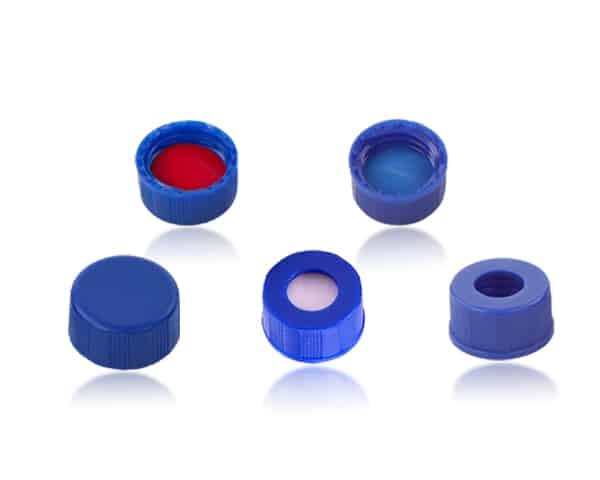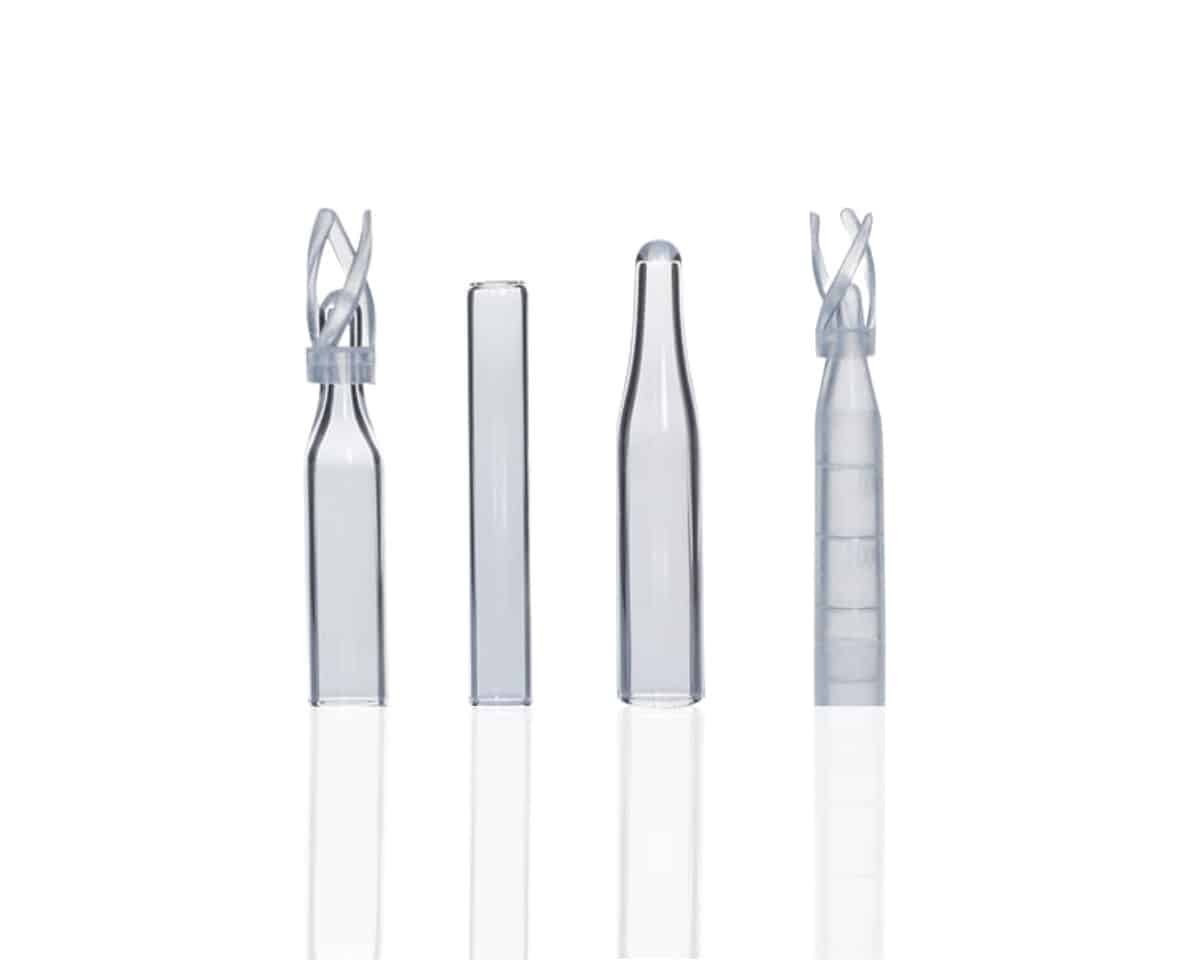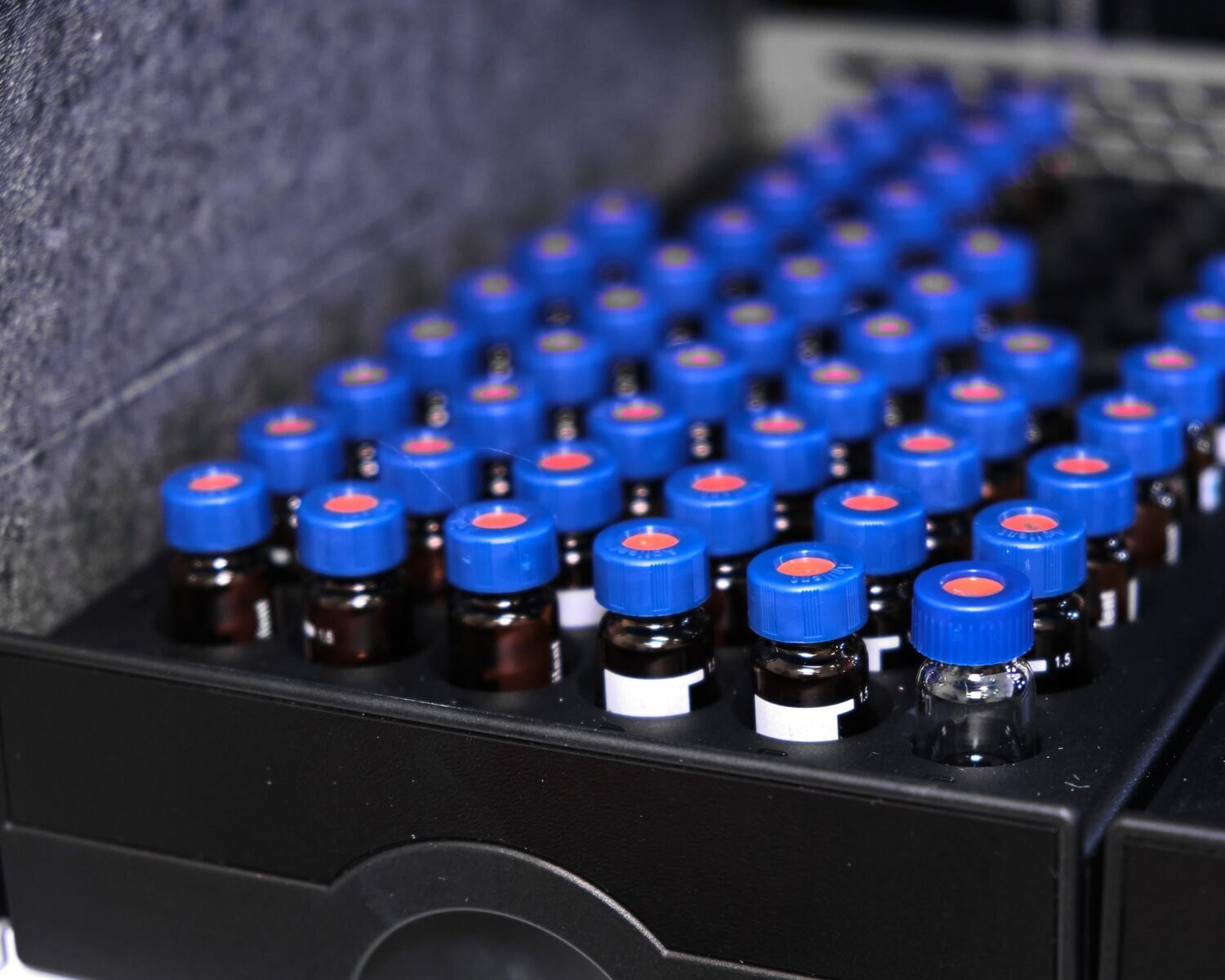Becoming an expert in HPLC columns is a noble professional challenge. What we use today in our laboratories is far from its original state. Biotechnology has evolved and so have the processes and tools. So, it can be hard to find everything you know by searching on the internet.
In this article, we will not only cover everything you need to know. But also answer the most frequent questions. As well as introducing you to new researches in the market.
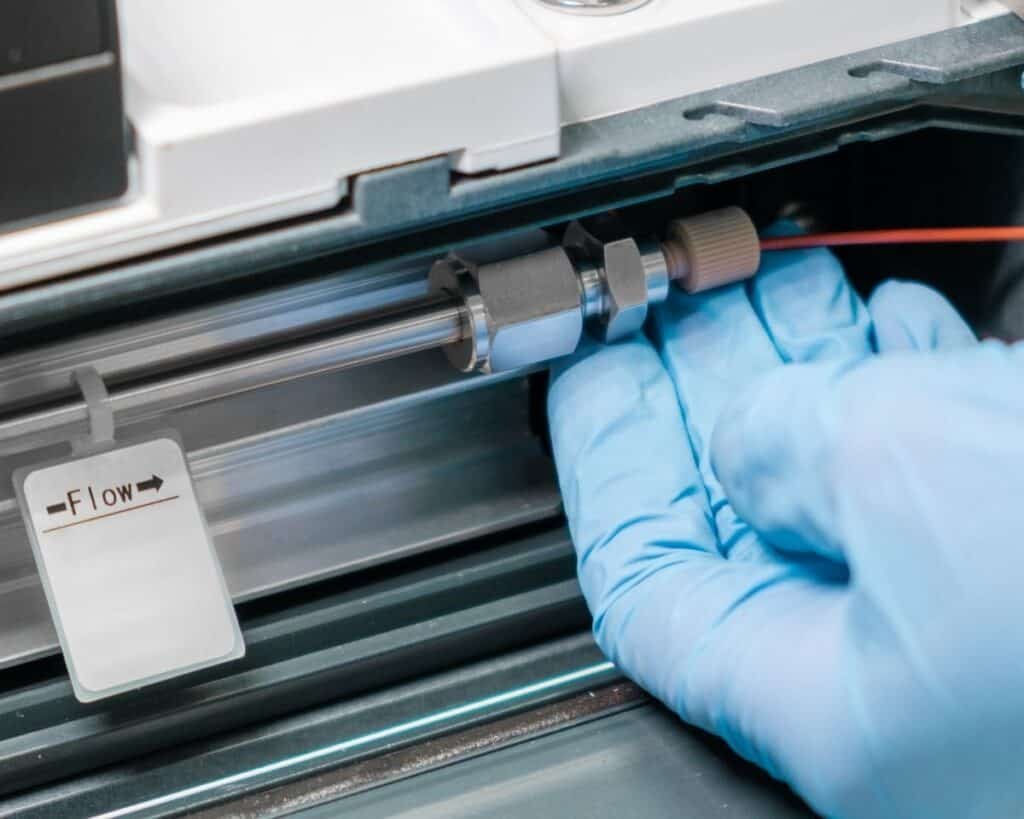
What are HPLC Columns?
High-performance liquid chromatography columns separate the individual components for purification purposes.
Any HPLC system would not be complete without a column. It is in charge of ensuring that the sample materials are correctly separated.
Separation efficiency relies on:
1. The inner diameter of the column
2. The length of the column
3. The kind and particle size of the column packing material
Depending on the desired application, many HPLC columns are available.
Different packing materials support other separation mechanisms. For example, common materials for normal-phase, reversed-phase, size exclusion, or ion exchange. As well as affinity, chiral, or hydrophilic interaction HPLC.
What is the role of the HPLC column?
The column is the most crucial part of HPLC. Why?
Because the column’s responsibility is the separation of the sample components. So, when the sample goes through the column, it separates into its constituents when it exits.
Types of Columns
There are, in total, four types of columns you need to be aware of.
1. Normal Phase column
2. Reverse phase column
3. Ion exchange column
4. Ion exclusion column.
Continue reading to learn more about each one of them.
Normal Phase column
The normal phase column contains more molar material than the mobile phase column.
It uses solvents* as the mobile phase in normal phase columns.
*Solvents such as ethanol, chloroform, methanol, acetonitrile or acetone
Water used as a mobile phase in normal phase columns is not suggested due to its greater polarity.
Excellent separation is a result of the eluent interacting with the high polar stationary phase. Besides, eluent can travel through the columns because it’s dissolved in a less polar substance.
Pharmaceutical items need such columns in the testing. Silica-based columns are very effective at separating non-polar and relatively polar isometric compounds.
Reverse phase column
Reverse phase columns are those that have a non-polar stationary phase. First, the polar component of the eluent drains from the column. Then, the non-polar component in the chromatography process does the same.
In this column, a sample produced in water produces excellent separation. An aqueous-based mobile phase improves the separation of molecules. It does that by interacting with stationary non-polar material.
A reverse-phase column is a C-18 column. Water-based mobile phases are particularly efficient in the C-18 column. The mobile phase can be acetonitrile or methanol.
Ion exchange column
The resin beads are remarkable. Why? Because of their capacity to absorb a specific ion from the aqueous mobile phase. This sort of packed material aids in improved analyte separation.
Ion exchange columns make it simple to separate charged molecules.
Positive charged ions attract negative charged ions. Positive ions are in the stationary phase. Negative ions are moving through the column in the solution.
Ion exclusion column
High ionized samples elute first in the column, followed by weak ionized samples.
Weak ionized samples elute later in the ion exclusion process.
Chromatography is well-known for the ion exclusion method. That’s best confirmed with excluded ions during separation.

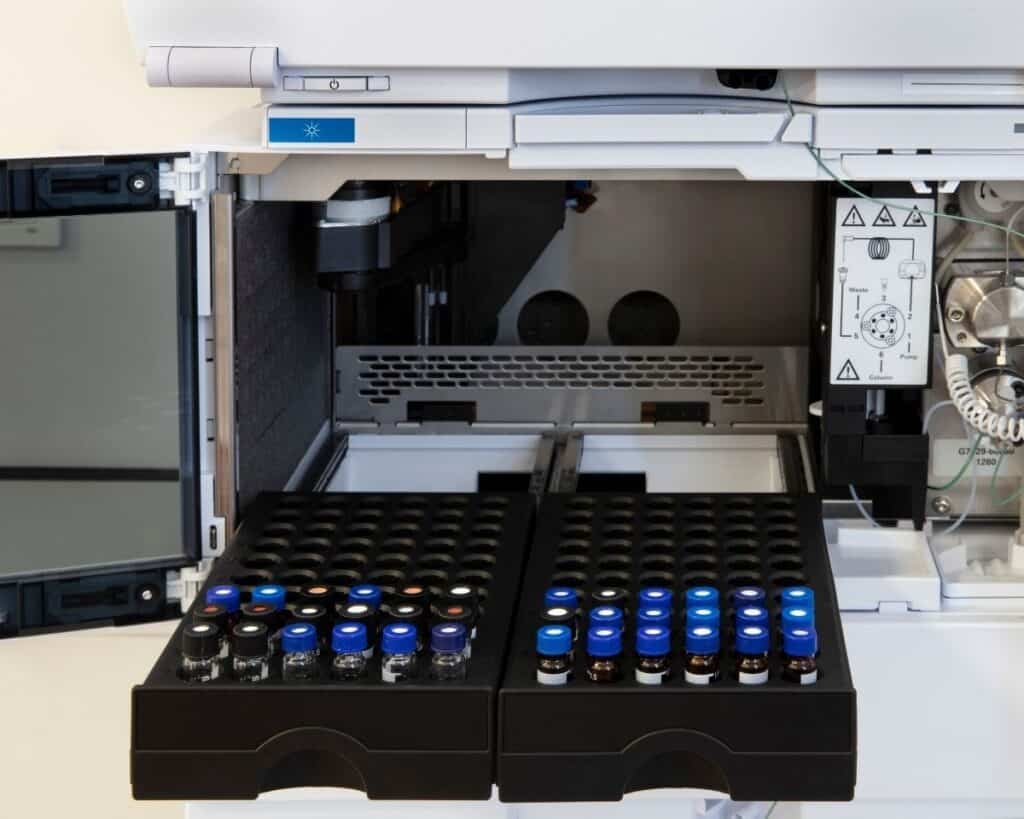
Silica-based HPLC columns
Silica gel is today’s number one material for HPCL columns production.
Silica gel is a solid, amorphous silicon dioxide in the shape of defined particles. It is vital in HPLC applications.
What are the advantages of using Silica-Gel as a foundation for stationary phases?
– Low cost
– Defined manufacturing of spherical silica particles is achievable without much effort
– Endless surface modification options
– Wide variety of applications
– Chemical and mechanical stability are both high.
How can silica gels get classified for HPLC?
Many characteristics can describe silica gels.
Based on the form of their particles
Few products are silica gel-based:
1. Bondapak (Water)
2. Lichrosorb (Merck)
Spherical particles can be more efficient with less backpressure. Well, less efficient than irregularly-shaped particles of the same average particle size.
Types A, B, and C
The first silica gel used for HPLC was the Type-A silica gel. It has a high fraction of ionized (acidic) silanols. That results in unfavorable peak morphologies and, in certain circumstances, poor separation performance.
Nowadays, high-purity silica gel (B) is only utilized for chromatography applications.
This exhibits minor quantities of ionized silanol groups compared to type A gel.
This improves the separation efficiency. It also boosts the pH stability of the silica gel.
Under their alterations
There are polar silanols and siloxanes on the surface of unmodified silica gel.
Certain chemical groups are well-secured to polar groups in all methods of chromatography. That is because they have to affect the surface characteristics of the silica gel.
A wide range of HPLC columns with modified silica gels is now available. The most often utilized stationary phase is octadecyl-modified silica gel.
What else is there to know about silica HPLC columns?
To make chromatography particles, you need synthetic silica polymers.
What influences the particle and pore size of porous silica xerogel?
– Reaction conditions
– pH
-Temperature
– Catalysts
– Solvents
There is another approach in making particles made up of agglomerated microspheres. They are also called “sil-gel” materials. It uses silica microparticles aggregated in solution using a urea/formaldehyde reagent.
Particle Size
The particle size of the silica spheres is typical for column packing. And the effectiveness of the material is tightly connected.
The packing material is more efficient and sturdy. When the particle size distribution is more minor.
Often quoted by manufacturers, the D10/90 ratio is the best. Which is the ratio of particle sizes at the 10th and 90th percentiles.
Pore Size
Silica chromatography particles have a large surface area. That is necessary for efficient analyte retention.
The majority of the surface area is the interior pore structure of the silica particles.
There might be as much as 1.5 g of silica in a 150 x 4.6 mm column, the same surface area as an ordinary tennis court.

FAQs about HPLC columns
Which column is best in HPLC?
- C18 HPLC columns are the most popular. It is because they provide a wide range of hydrophobic separation power. Also, they offer a large amount of surface area coverage.
- C8 HPLC columns start their employment when less retention than a C18 is needed.
- C4 and C5 HPLC columns separate large macromolecules. Such as proteins.
What are C8 and C18 columns?
A C8 column is a form of the reverse-phase chromatography column. That column contains octylsilane as its stationary phase.
The C18 column is a type of reverse-phase chromatography column. That column contains octadecylsilane as its stationary phase.
What are C4 and C5 columns?
Butyl, also known as C4 YMC-Pack columns, is a type of column that is hydrophobic. This compared to its other options (C8 and C18). This is the reason why aqueous are the principal eluents. Compared to reversed-phase ones.
C4 columns have much lower retention for non-polar molecules. At least compared to C8 and C18 columns with the same eluent.
C5 is excellent for the efficient and consistent separation of protein and peptides. In particular, it’s fantastic for hydrophobic peptides using RP-HPLC.
You can’t use the C8 and C18 because they are too hydrophobic for proteins. If you use them, it will result in long retention times or even irreversible column binding.
What happens in the HPLC column?
Columns are the most crucial component in the HPLC. That is because the column handles the separation of the sample components.
So, what happens when the sample goes through the column? First, it contains the mobile phase, separating its constituents when it exits.
How are HPLC columns made?
Pellicular or porous particles are commonly used in HPLC columns. To produce pellicular particles, people often use polymer or glass beads.
Pellicular particles surround specific ion exchange resin types. Like a thin homogeneous silicon dioxide shell, polystyrene-divinyl-benzene synthetic resin, or alumina.
What exactly is a guard column?
An HPLC system can find guard columns between the injector and the analytical column. It is there to protect the analytical column.
Guard columns are extensively used to extend the life of HPLC columns at a low cost. Also, some cartridges can be merely swapped out and packs that cannot.
Conclusion
HPLC is a great field of work. Knowing its secrets inside out will allow you to progress in your professional career.
Don’t forget to check our other articles to stay up to date with the latest research and innovations.

